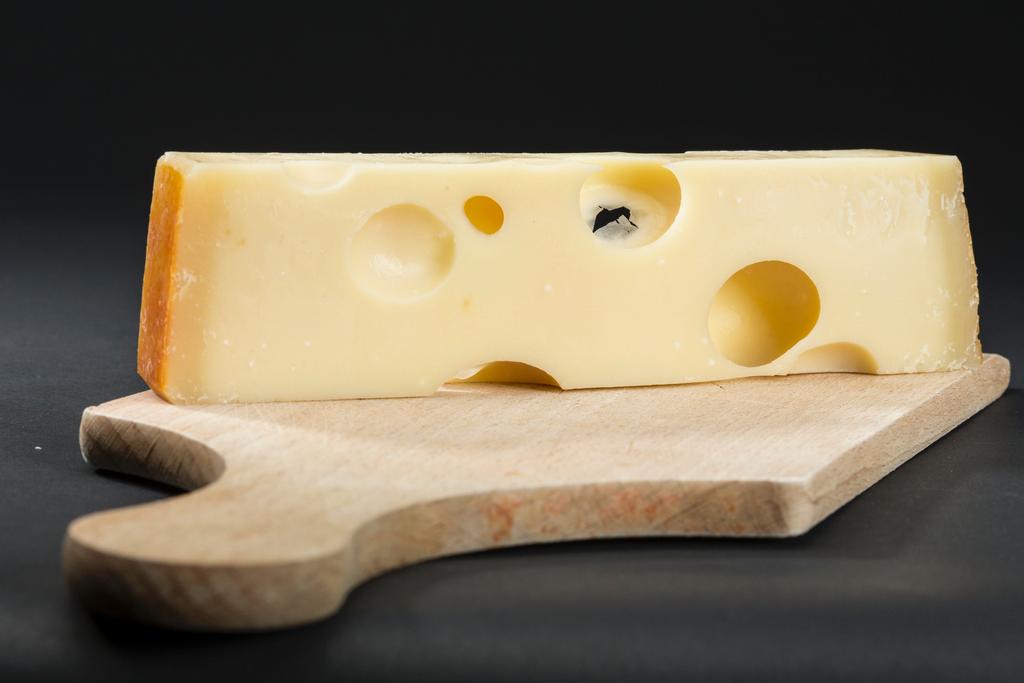Hay particles responsible for holes in Swiss cheese

Swiss researchers have uncovered the longstanding mystery behind how holes appear in cheese, finding that hay particles are responsible for the phenomenon.
Scientists from the Agroscope Institute for Food Sciences and the Swiss Federal Laboratories for Materials Science and Technology found that controlling the number of hay particles in milk used to make cheese also allowed them to control the number of holes that appeared.
The researchers observed the cheese’s ripening process over a 130-day period, using a new method based on computed tomography – more commonly known as a CT scan – to study where and how holes formed.
In recent years, there have been fewer holes in Swiss cheeses such as Emmentaler, leading producers and researchers to wonder why. The discovery announced on Thursday solves that mystery: today, milk is no longer exposed to the elements before being turned into cheese because it is directly filtered through modern milking machines into large tanks.
Because it is not exposed to the barn’s open environment, fewer hay particles are able to get into the milk and lead to the development of holes.
Generally, the researchers said, cleaner milk production processes are a good thing and help to guarantee food safety. But now, in addition to milk, rennet and bacteria, they recommend that cheese producers who want holes to appear in their product add hay particles during the cheese making process.

In compliance with the JTI standards
More: SWI swissinfo.ch certified by the Journalism Trust Initiative











You can find an overview of ongoing debates with our journalists here . Please join us!
If you want to start a conversation about a topic raised in this article or want to report factual errors, email us at english@swissinfo.ch.